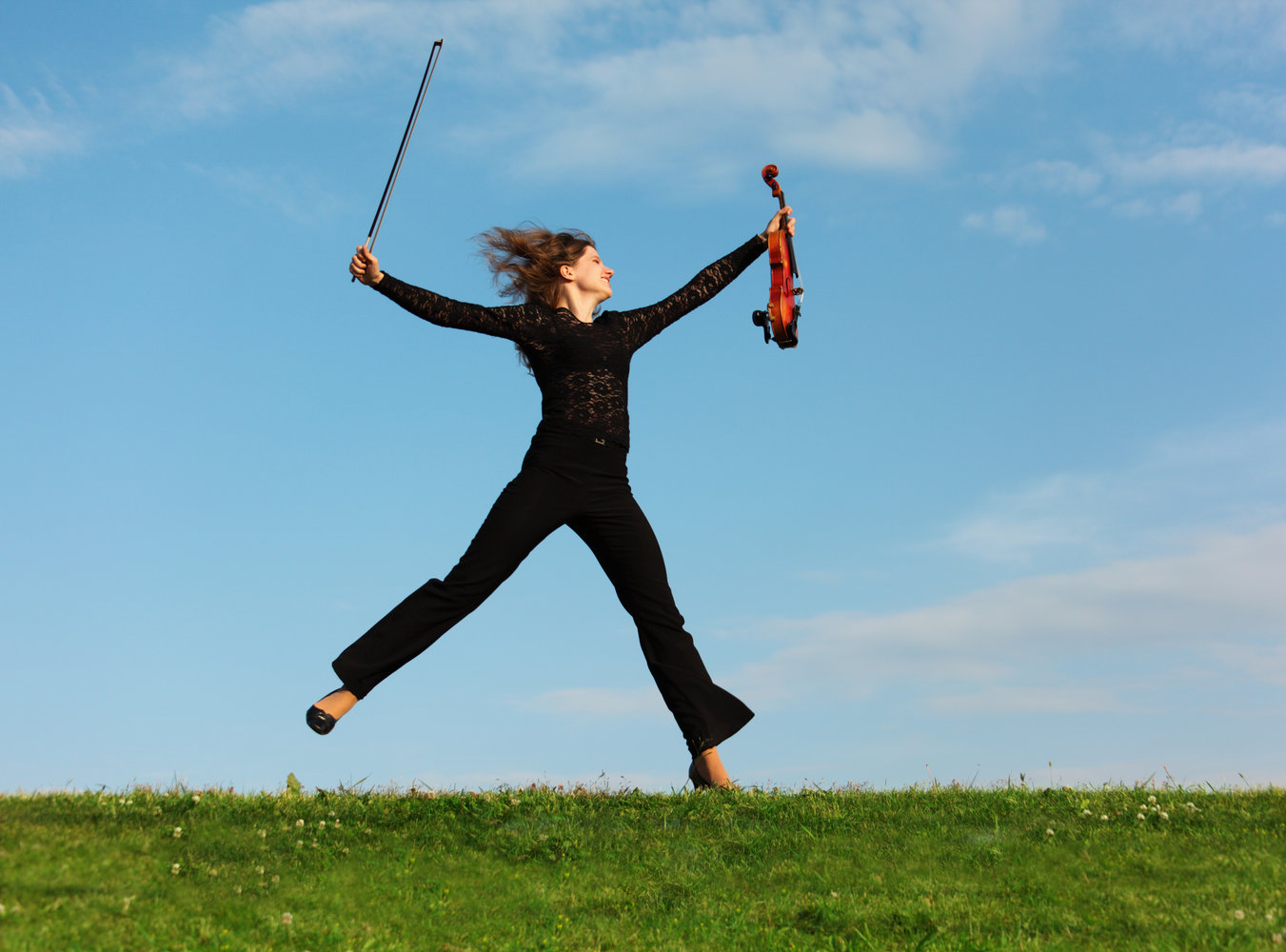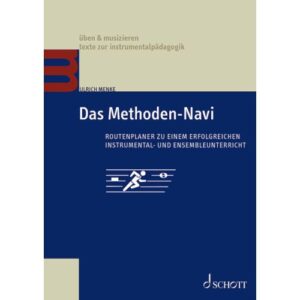Learning music with techniques from sport
In top form when practicing! The "Method Navi" transfers sporting practices and terms to instrumental practicing.

Anyone who teaches music like a trainer is successful. That's not to say that music is sport, but in Ulrich Menke's Method navigation sports medicine and sports psychology aspects help to achieve positive results more quickly. The concept of practicing is supplemented by the concept of training. By alternating the use of all the senses, the brain can really get into shape: Kurzweil makes you forget about "practice time" and leads to flow. The teacher responds to the pupils more with questions than with criticism and thus helps them to develop more independent working skills.
In 18 chapters illustrated with instructive music examples from the violin literature, you are given a wide range of assignments to fan out the difficulties. Here is a selection:
1st warm-up, starting with the body: posture, muscle and finger sensitivity, self-observation in the mirror.
2. practice a new piece flawlessly right from the start thanks to Slow Motion; first introduce, then play.
3. looping: incorporate breathing pauses in difficult sequences and repeat the sequence parts; simplify large jumps as sound swings and listen to them and feel; in the case of double holds, determine the guide finger whose path is easiest to execute and remember; isolate error triggers and consolidate with loop.
4. time-out: extend fast passages with dotted rhythms or repeated notes.
5. supervision: Observe yourself playing in turn with different senses.
7. rhythm is it! Play rhythmically difficult passages on one note or on a scale first; play the string change movement of the bow of a multi-string passage on the empty strings first; find the optimum bow hand curve for tied passages.
8. place accents: In a passage that runs evenly, place accents on the second note in groups of four sixteenths, for example, and on the third and fourth notes in the repetitions, or even on every third note (against the meter) of the passage. In this way, every note comes into focus once.
9. self-coaching: like a reporter, you look at your "inner team's" performance and assess what needs to be improved. Focus on a finger that is too weak, a tone that is not expressive, a change of position that happens too late; "look at the scenic layout of playing situations".
10. playing away. Acquire confidence: playing the passage on other strings, in other positions, walking, back to back in an ensemble.
11. mixing desk. Trying out different dynamic variations of a passage (searching with crescendo and decrescendo for the right emphasis) leads to a more conscious understanding of the composition.
12. happy ending. If you place a fermata on a problem note and experience it more consciously, it loses the aspect of the "point of fear".
13. call - recall: singing a passage - repeat with playing. Call - Response: Singing a musical question - playing the answer. This makes it clear more quickly how a passage should be musically arranged.
Finally 18th performance! Here we explain how stage fright and fear of failure can be avoided, but also how musical flow can be encouraged.
In a concluding explanatory section, the importance of mindfulness, skillful coaching, mental training, a new relationship between teachers and learners and the training ground as a place of well-being is explained in detail. All in all, a valuable treasure trove of ideas!
Ulrich Menke: Das Methoden-Navi, Routenplaner zu einem erfolgreichen Instrumental- und Ensembleunterricht, 192 p., € 22.95, Schott, Mainz 2023, ISBN 978-3-7957-3092-5







